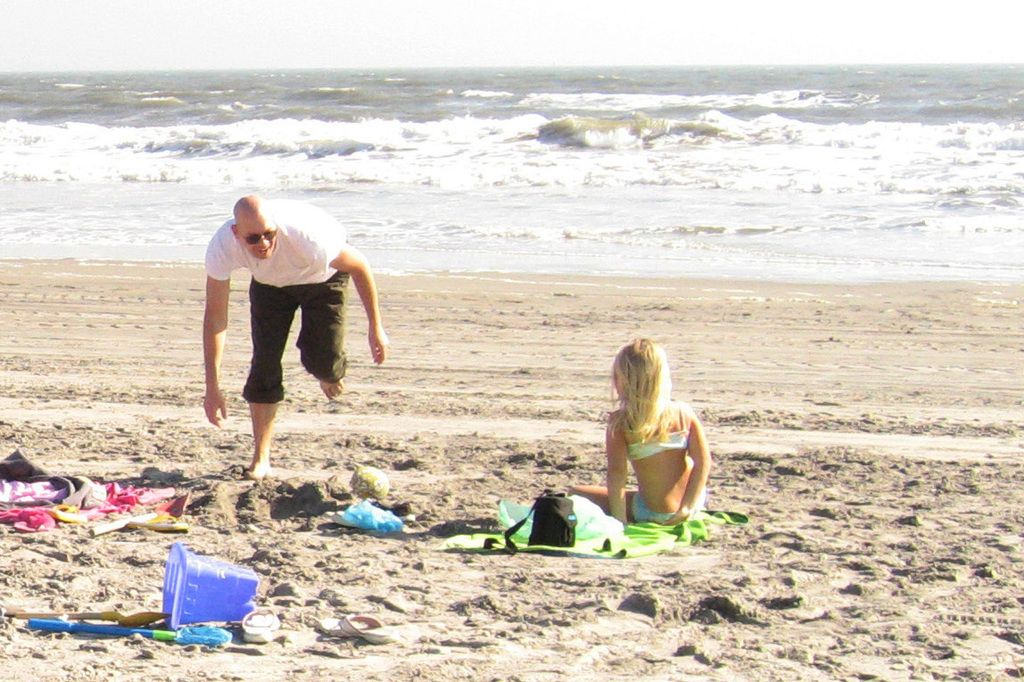Emergency Guides in Every Home: Estonia's Disaster Preparedness Strategy
Households in Estonia receive instructional materials on ensuring safety during emergencies
Staying informed and prepared during a crisis is crucial, and that's exactly what Estonia is aiming for with its innovative emergency plan. Over half a million households in the country have received a handy printed guide detailing emergency response procedures and safety tips.
According to Margo Klaos, Director-General of the Estonian Rescue Board, this effort ensures that everyone, regardless of their electricity or internet status, has access to crucial crisis management information.
"Over the years, we've been refining our communication strategies during emergencies," Klaos said. "But it's essential to keep people's crisis management skills fresh. These guidelines will help us navigate through any crisis. If we're ready for the worst, we're ready for anything."
Besides response instructions, the guide provides a reminder of essential home supplies and recommended contents of an evacuation kit. It also offers important phone numbers and websites for easy reference.
Awareness Campaign
The updated guide replaces the “Be Ready!” guide distributed in 2022 and is available in four languages - Estonian, Russian, English, and Ukrainian. While the printed version is trilingual, a digital version is also accessible in Ukrainian.
The Estonian Rescue Board urges citizens to keep the guide in an easily reachable location. The digital version can be found at olevalmis.ee, along with other national websites.
In times of danger, Estonia relies on several communication channels to alert citizens. These include mobile phone messages (EE-ALARM), sirens, door-to-door notifications, and emergency vehicle sirens. The media and the internet are also vital in disseminating information.
OSINT in Disaster Response
Estonia uses Open Source Intelligence (OSINT) to bolster its disaster response capabilities. Various tools help gather and analyze information, aiding in informed decision-making during emergencies.
Regular crisis management exercises, such as KILP and Miljon miksi, are also conducted. These exercises involve state authorities and local municipalities, ensuring response procedures are well-rehearsed.
Establishing Crisis Stores
Estonia is working on a network of 'crisis stores,' designed to operate during emergencies like power outages. These stores provide essential goods and are equipped with backup systems like generators and internet-free payment facilities. The goal is to have at least 110 such stores by the end of 2026.
While specific details about the updated guide are not provided, the use of advanced crisis management tools suggests that the guide would typically include emergency contact information, evacuation procedures, safety instructions, resource locations, and communication protocols. These guides aim to provide comprehensive information to ensure public safety and efficient response actions during emergencies. However, content may vary based on the region's unique hazards and response strategies.
- The Estonian Rescue Board encourages citizens to keep the emergency guides, which detail response procedures and safety tips, in an easily reachable location.
- The emergency guide is available in four languages: Estonian, Russian, English, and Ukrainian, and a digital version is accessible in Ukrainian.
- In addition to providing response instructions, the guide offers information on essential home supplies and recommended contents of an evacuation kit.
- The Estonian government utilizes Open Source Intelligence (OSINT) and various tools for gathering and analyzing information to bolster disaster response capabilities.
- On the Professional Networking platform LinkedIn, individuals can share knowledge and experiences related to emergency management and health-and-wellness, fostering a community of experts.
- With its strategy of emergency guides, crisis stores, and OSINT usage, Estonia strives to ensure security and provide comprehensive knowledge to its people during emergencies and health-and-wellness situations.








